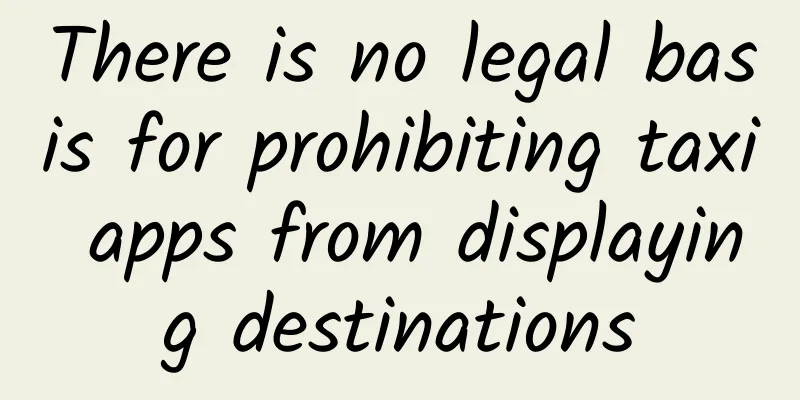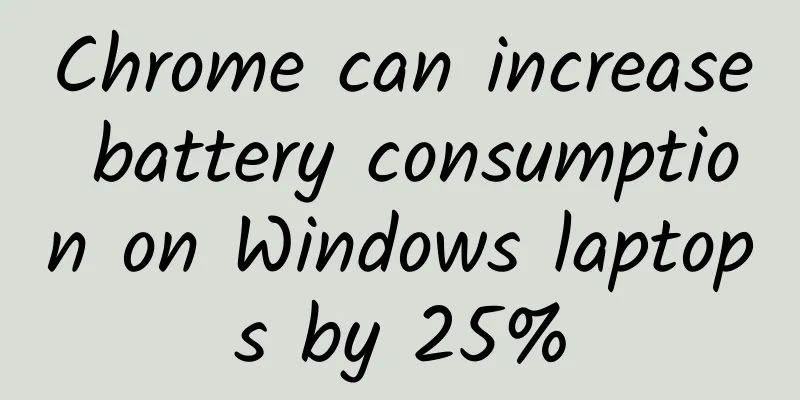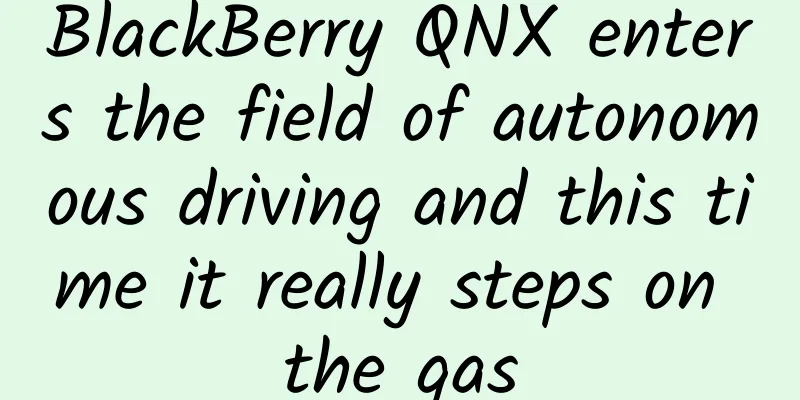There is no legal basis for prohibiting taxi apps from displaying destinations

|
Recently, the Shanghai Municipal Transportation Commission publicly released the draft "Shanghai Taxi Dispatch Service Management Specifications" for soliciting opinions, which explicitly stipulates that taxi drivers are "prohibited from using technical products with functions such as bargaining, fare increases, and displaying passenger destinations and passenger detailed information to undertake dispatch services." As soon as this regulation was announced, it immediately caused heated discussion. According to the public statement of the relevant person in charge of the Shanghai Municipal Transportation Commission, the original intention of this regulation was to solve the problem of drivers refusing to pick up passengers. After using the taxi-hailing software, drivers can easily see the passengers' travel routes. Some drivers will inevitably choose long-distance passengers and refuse to accept short-distance orders. It is undeniable that drivers do pick passengers when using taxi apps, but does this constitute refusal to carry passengers in the legal sense? According to the Shanghai Taxi Management Regulations, refusal to carry passengers means refusing to transport passengers, which includes four types: turning on the empty vehicle sign light, not picking up passengers when passengers wave to stop, not obeying dispatch at the business station, refusing to pick up passengers when waiting for hire at passenger distribution points or on the roadside, and interrupting service without legitimate reasons during passenger transportation. The above four types of refusal to carry passengers cover two stages: before and during passenger operation, and are applicable to both the hailing method and the dispatching method within the station. However, for the telephone and software hailing methods, only when the service is interrupted without a legitimate reason during the passenger operation will it be considered a refusal to carry passengers. Obviously, when using taxi apps, drivers only see the passenger's order. Before successfully grabbing the order, the two parties have not yet established a passenger service relationship, so it cannot be said that it constitutes a refusal to carry. Moreover, the common feature of the above four refusal behaviors is that they occur between specific drivers and passengers, which is also the premise of refusal to carry. However, taxi apps are obviously different. Drivers "face" multiple passengers, and passengers also "face" multiple drivers. Especially for passengers, it is not clear which drivers do not accept their orders. Moreover, there are many reasons why drivers do not accept orders. It may be that they fail to grab the order in the face of many competitors, or that others have taken the order before they have time to grab it. Of course, it also includes not wanting to grab the order after seeing the order. Therefore, it is too "one-size-fits-all" to regard the driver's refusal to accept orders as refusal to carry passengers. Moreover, according to the Legislative Law, the "Shanghai Taxi Dispatch Service Management Specifications" are local government regulations, and their effectiveness level is lower than the "Shanghai Taxi Management Regulations" which is a local regulation. Directly regarding the driver's refusal to accept orders as refusal to carry passengers lacks the support of higher-level laws. The traffic control department prohibits taxi apps from displaying destinations. The fundamental purpose is to solve the problem of difficulty in getting a taxi during peak hours. However, as we all know, the root cause of the difficulty in getting a taxi lies in the contradiction between supply and demand. The demand for taxis surges during peak hours, while the total number of taxis remains unchanged, which naturally cannot meet the market demand. This is not caused by taxi apps. The value of taxi apps lies precisely in that, through the innovation of information technology, it automatically matches drivers and passengers with similar locations, reduces the cost of choice for both parties, achieves optimal allocation of resources, and partially alleviates the problem of difficulty in getting a taxi during peak hours. Since the launch of taxi apps, drivers generally report an increase in income. With the total supply remaining unchanged, this means that more passengers get taxis through taxi apps, the utilization efficiency of taxis is improved, and the empty driving rate is reduced. In many places, taxi drivers' shift changes and homecoming times overlap with the rush hour after get off work. If taxi apps are prohibited from displaying destinations, it will be difficult for drivers to find passengers with matching routes through the apps. In order to avoid complaints about refusing to pick up passengers, they may have to drive empty routes, which will increase the empty-driving rate and make it more difficult to get a taxi during peak hours. Moreover, the regulation prohibiting the display of the destination is difficult to truly enforce. The Shanghai Municipal Transportation Commission's supervisory approach is to directly regulate taxi drivers and indirectly regulate taxi-hailing apps. However, there are a large number of taxi drivers, some of whom use multiple mobile phones and install multiple taxi-hailing apps, making it difficult to effectively supervise individual drivers. Moreover, for passengers, even if the driver uses a taxi-hailing app that does not display the destination, the passenger can use the voice taxi-hailing app's voice taxi-hailing function to directly inform the destination verbally or by using the messenger function. Not only can the taxi-hailing app service provider not discover and stop it in time, but the regulatory authorities have no right and difficulty to restrict the passengers' autonomous behavior. Unless, in the next step, the voice taxi-hailing function and the messenger function of the taxi-hailing app are clearly prohibited, and the taxi-hailing app is required to only provide the text taxi-hailing function. But if this is the case, it will not only seriously affect the user experience, but also hinder technological progress and innovation. In July this year, the General Office of the Ministry of Transport issued the "Notice on Promoting the Orderly Development of Taxi Calling Services Such as Mobile Phone Software Calling", which clearly stipulates: "Mobile phone software call-in demand information can be pushed to the driver's mobile terminal for broadcast after the city taxi service management information platform is in operation, but the operation of the platform shall not affect the legitimate functions and healthy competition of mobile phone call-in software." Although the regulation is aimed at the city taxi service management information platform, the requirement that the operation of the platform shall not affect the legitimate functions of the taxi-hailing software is obviously scientific, and the regulatory thinking reflected in it should become the principle of supervision of various new technologies and new products. At present, traffic management departments in many places are supervising taxi-hailing software, and not affecting the legitimate functions of taxi-hailing software should be the basic principle to be followed when formulating regulatory policies. As a new thing, taxi-hailing software, like all other new things, will inevitably bring various new problems while bringing progress and innovation. It needs to be supervised and regulated by government departments to facilitate the healthier and more sustainable development of the industry. However, this should be done under the premise of complying with the law, and the supervision angle should be limited to whether the market behavior is illegal and whether it is regulated, and it is not appropriate to directly intervene in the product function settings and business model. As a winner of Toutiao's Qingyun Plan and Baijiahao's Bai+ Plan, the 2019 Baidu Digital Author of the Year, the Baijiahao's Most Popular Author in the Technology Field, the 2019 Sogou Technology and Culture Author, and the 2021 Baijiahao Quarterly Influential Creator, he has won many awards, including the 2013 Sohu Best Industry Media Person, the 2015 China New Media Entrepreneurship Competition Beijing Third Place, the 2015 Guangmang Experience Award, the 2015 China New Media Entrepreneurship Competition Finals Third Place, and the 2018 Baidu Dynamic Annual Powerful Celebrity. |
<<: Will artificial intelligence really replace humans?
>>: “Double Eleven” is a generic term: it does not have exclusive use
Recommend
Yuanfudao product analysis!
With the continuous development of the Internet, ...
Subversive design - Apple cancels the Home button
[[138178]] Apple's next-generation iPhone upg...
【Creative Cultivation Program】Why do hard drives need to be partitioned?
Author: Zhou Lei Reviewer: Chen Xudong I believe ...
Top 10 global auto companies by net profit in Q3 2024
It is reported that in the third quarter just pas...
NIO recalls ES8, subsidies disappear, what is the future of new energy vehicles?
After several spontaneous combustion incidents, N...
What are cosmic ray particles that exceed theoretical limits?
Ultra-high-energy cosmic rays are extremely high-...
How to obtain OAuth2 authentication interface in WeChat Enterprise Account Development
URL links in enterprise applications (including l...
IDC room rental high bandwidth cost
Most of the bandwidth at home and the data traffi...
Chinese Valentine's Day is coming, and you have no idea for a marketing plan? Look at this for inspiration!
If you can’t plan a marketing plan to create a hot...
What are the start dates for primary and secondary schools in Xinjiang in 2020? Will primary schools in Xinjiang start in March?
On March 11, the Education Department of the Xinj...
10 efficient methods to convert new users into first orders
Attracting new users is one of the most troubleso...
Musk launches a rocket, and gives a seal headphones? Isn't this a joke?
Recently, a clip of Elon Musk's interview wit...
Can Panasonic air conditioner technology make a comeback?
"Start-up in seconds, powerful cooling and h...
You must know these 3 mainstream APP promotion methods!
In recent years, with the development and growth ...
iOS 16.2 quasi-official version released, karaoke function is here
Early this morning, Apple pushed the iOS 16.2 RC ...









